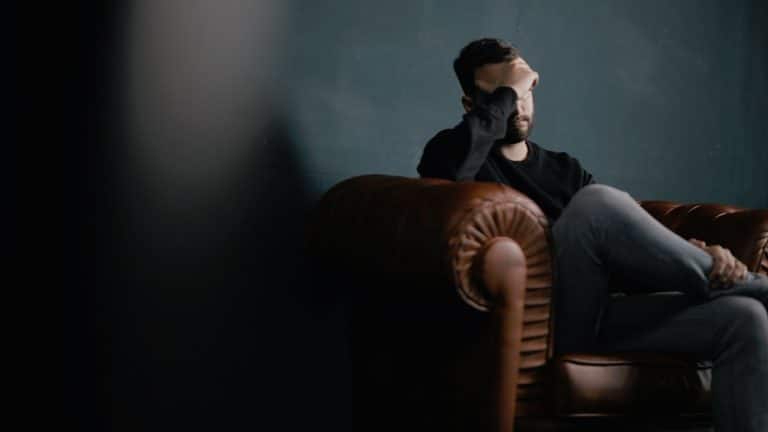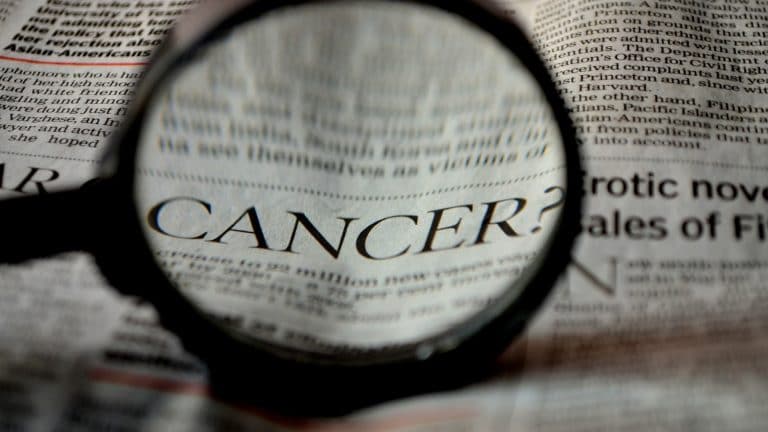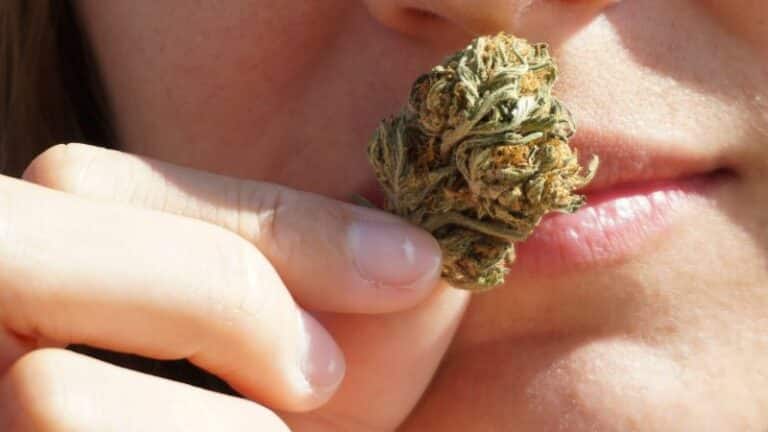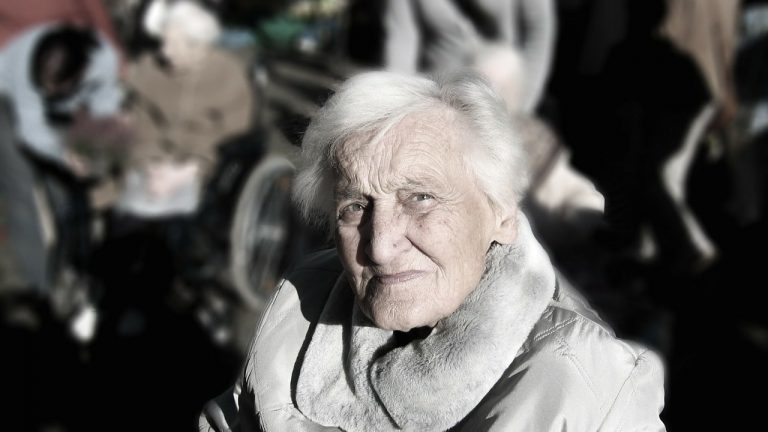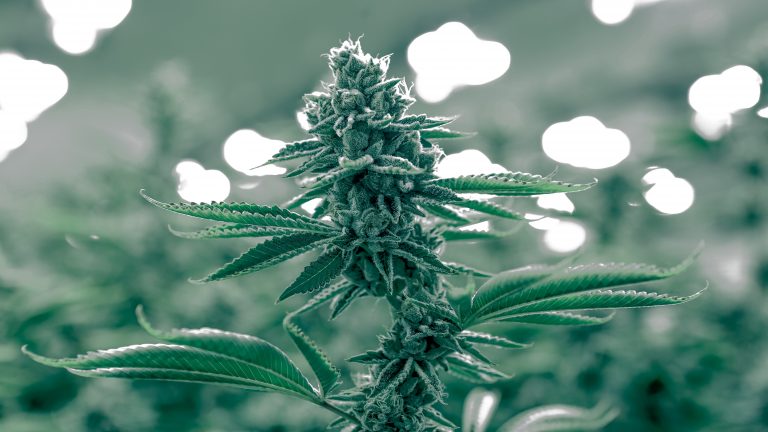36 Stroke Statistics That Will Surprise You Even in 2024
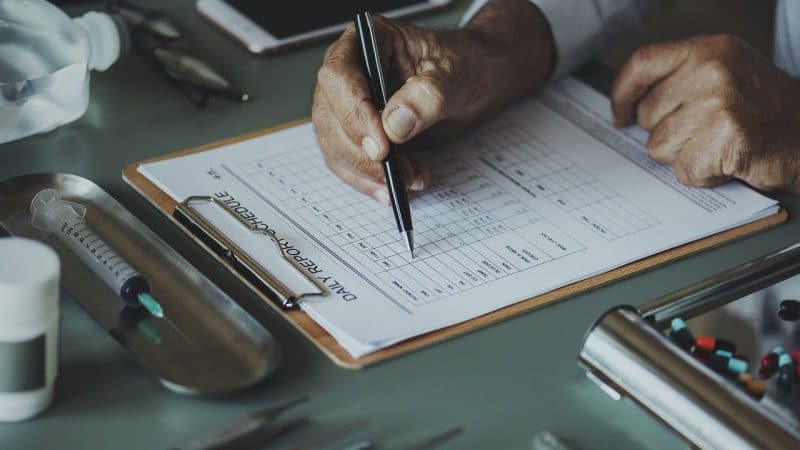
Were you aware that stroke facts name this condition as one of the top killers in the United States, and it is also the leading cause of disability in America? Stroke is a highly dangerous and often deadly illness that damages the arteries within or leading to the brain.
The upsetting information in this article will shine a light on the disease and the rate of prevalence not only in the United States but also worldwide. Hence, get ready to get shocked, and read on.
Top 10 Shocking Facts and Stroke Statistics for 2024
- Each year 795,000 American citizens experience a stroke.
- $45.5 billion is lost each year in health costs due to stroke.
- The risk of death is 16% higher for patients that live in rural areas.
- Up to 80% of strokes are preventable.
- On a global scale, stroke is the second leading cause of death.
- There are 13 million new stroke cases happening every year.
- Stroke and coronavirus stats show patients with covid have higher mortality rates and are more likely to experience severe symptoms.
- CBD oil for stroke may help patients in recovery by reducing damage to the brain.
- 20% of cases in the world related to stroke are fatal.
- Smoking cannabis may increase the risk of having a stroke by 15%–29%.
What Is the Prevalence of Stroke in the US?
Stoke is the leading cause of disability in the US that often goes unnoticed. How many Americans experience this condition?
1. The number of Americans that visited hospitals due to a stroke decreased by nearly 40% since the beginning of the pandemic.
(ScienceDaily)
The fact suggests stroke rates did not magically plummet but it is more likely that the sick avoided coming to the hospital for professional help. People who experience strokes must receive medical care right away. If they come too late, the damage may be irreversible.
2. Each year 795,000 American citizens experience a stroke, according to CDC stroke statistics.
(CDC)
Out of this number, 610,000 people endure stroke for the first time. Stroke remains to be the leading cause of death in the US and poses an extreme danger to citizens of the United States, both young and old.
On average, 140,000 people who experience a stroke will not survive in the given year.
3. Around 75% of strokes occur in elderly Americans over the age of 65.
(MUSC Health)
Even though studies have shown that stroke may lurk upon individuals of all ages, stroke statistics show that stroke poses greater danger as we age.
Further studies have reported that the chance of suffering a stroke doubles after reaching 55.
4. An average American experiences a stroke every 40 seconds, while every 4 minutes, an individual dies of the illness.
(MemorialCare)
This translates to 2,160 strokes each day. 15,120 strokes every single week. However, only 1 in 5 people recognize the symptoms of a stroke; therefore, it often goes unnoticed since it doesn’t hurt.
5. Stroke prevalence is very high in individuals who have already had a stroke.
(American Stroke Association)
Strokes are recurrent illnesses. About 1 in 4 cases of a stroke or heart attack happens to people who have already been through one.
Because of this alarming fact, it is important to talk to a highly skilled professional and create a good prevention plan. For starters, it is vital to cut out stress, reduce sodium intake, and lose excess weight.
6. An upsetting 88% of cases are ischemic strokes, statistics on stroke report.
(Stroke Center)
An ischemic stroke happens when one of the arteries in the brain is blocked. Thus, the artery is unable to bring fresh blood from the other organs, forcing the brain cells to stop functioning.
Unfortunately, ischemic stroke is the most common kind of stroke, affecting adults and children likewise. Interestingly, 55,000 is the number showing gender inequality as that’s how many more women experience strokes than men every year.
7. Financial stroke facts report $45.5 billion is lost each year in health costs due to stroke.
(Washington National)
The insanely large amount of money includes different health care services and expensive medicines for stroke. For example, people spend up to $7.9 billion on hospital stays and $8.2 billion on home health care due to strokes.
On that note, financial US stroke statistics could be improved if marijuana was legalized. That way, every state could use marijuana tax revenue to invest more in healthcare.
8. Stroke is the fifth cause of death in America.
(CDC) (ScienceDaily) (Mayo Clinic)
Despite these devastating numbers, almost 30% of Americans under 45 are unable to recognize the five major stroke symptoms—sudden face numbness, confusion or trouble talking, blurred vision, difficulty walking, and sudden headaches. This is devastating as the stroke incidence among young adults has increased by 40%.
9. Mississippi has the highest incidence of stroke-related deaths, judging by the most recent data.
(CDC)
With 52.1 per 100,000 people dying, Mississippi was the leading state in stroke-related deaths in 2019. Alabama is close behind, with 51.5 per 100,000 deaths. Next comes Delaware with 45.1 per 100,000 deaths, Louisiana with 44.1, and Kentucky with 42.5.
The lowest stroke mortality rates were noted in New York (23.8 per 100,000), Connecticut and Massachusetts (26.7 for both).
10. The risk of death due to stroke up to 21% higher for patients from remote rural areas compared to those from urban areas.
(WUSTL)
The risk of death for patients that live in large towns (250,000–1 million people) increases by 5%, and small towns (50,000–250,000 people) by 10%.
Stroke survival rates are lowest in patients that live in remote rural areas (less than 10,000 people). The people there are less likely to get advanced treatments (like intravenous thrombolysis and endovascular therapy).
11. Stroke patients with coronavirus have higher mortality rates and are more likely to experience severe covid symptoms.
(Cardiovascular Business) (Healio)
According to one limited study, stroke patients with covid had a higher mortality rate by 44.4%, compared to stroke patients without covid (7.6%).
In fact, based on another research, 1.8% of patients that were infected by the coronavirus experienced a stroke.
12. One of the most important stroke facts is that up to 80% of strokes are preventable.
(CDC)
One of the most optimistic facts is that most stroke cases are preventable, and they can be treated if the illness is caught in its earliest stages. That said, stroke prevention is possible if a person starts applying healthier lifestyle habits such as physical exercise and a diet based on vegetables.
Some of the most common risk factors for stroke include obesity, hypercholesterolemia, abnormal levels of sodium in the diet, smoking, and excessive alcohol consumption.
Which Demographic Has the Highest Rate of Strokes?
What about the demographic stats? Who is more likely to suffer from a stroke and why?
13. Black people are the population that is most frequently hit by a stroke.
(AHA Journals) (American Stroke Association)
In addition to that, stroke facts from 2019 show us that non-Hispanic black people have a higher stroke-related death rate and are almost two times more likely to suffer from a stroke compared to whites.
14. Stroke is more common among Asian-Americans than white Americans.
(Brain&Life)
According to a study published in JAMA Neurology, Asian-Americans (people of mixed heritage, like Japanese, Korean, Filipino) are more likely to experience a stroke.
The study analyzed information collected from 64,337 Asian-American individuals and found that compared to 1,707,962 white patients, Asian Americans had a higher frequency of severe strokes.
15. According to stroke age statistics, 0.7% of blacks aged 18–34 experience stroke, compared to 0.4% of whites of the same age.
(Pfizer)
The numbers are also higher for African Americans within other age groups. As a matter of fact, 2% of African Americans aged 35–39 experience stroke, compared to 1% of whites. The same goes for people between 50 and 64—7% of blacks vs. 4% of whites.
16. One in five women will experience a stroke in her lifetime.
(American Stroke Association)
Are males or females more likely to have a stroke? American Stroke Association says strokes kill more females than males in general.
There are different risk factors that may cause stroke in women, including birth control pills and hormone replacement therapy. The unique symptoms of a stroke in women include nausea, vomiting, hallucination, hiccups, pain, or sudden behavior change.
17. 21 in 100,000 pregnant women will suffer a stroke.
(American Stroke Association)
Facts about stroke and pregnancy estimate the riskiest periods are the first trimester and period after the child is born. In addition, pregnant women with preeclampsia (high blood pressure that occurs during the pregnancy) are twice as likely to have a stroke in the future.
18. Stroke facts suggest that the risk of experiencing a stroke is two times higher among black American children.
(American Stroke Association) (US News)
The reason why black people have a higher risk of a stroke might lie in the heart’s upper chambers. In other words, certain studies show us that Black patients (that experienced a stroke) showed signs of atrial dysfunction more often than white patients.
19. Stroke stats show this condition is the fifth leading cause of death among American men.
(CDC) (Medical News Today)
According to the stats, stroke is considered the fifth most common cause of death in adult men after heart disease, cancer, accidents, and chronic lower respiratory diseases.
In fact, stroke kills about the same amount of men every year as Alzheimer’s disease and prostate cancer together. Furthermore, men under 44 are more prone to experiencing stroke than women.
Stroke Statistics Worldwide
What do the numbers tell us about the global population and stroke?
20. On a global scale, stroke is the second leading cause of death.
(The Lancet)
Stroke continues to dominate the list of global causes of death. What is more, the global prevalence has been rising in the last decades, and it is expected to increase in the years to come.
21. 6,2 million people died as a result of a stroke in 2019.
(Statista)
Stroke death rates report that stroke was the second leading cause of death in 2019, with 6.2 million people losing their lives due to the mentioned condition.
Ischaemic heart disease is the leading cause of death worldwide, having taken 8,9 million lives in the given year. Chronic obstructive pulmonary disease was linked to 3.2 million deaths, and lower respiratory infections killed 3.1 million people.
22. Thirteen million new stroke cases are happening worldwide every year.
(World-Stroke)
Based on the stroke facts and recent statistics, 1 in 4 people over 25 will experience a stroke during their lives. On top of that, about 60% of all stroke cases have happened to people under 70 years old and 8% happen to people under 44.
When it comes to gender and global rates, 52% of men and 48% of women experience strokes.
23. Eighty million people in the world have endured a stroke.
(World-Stroke)
Worldwide statistics suggest that 5.5 million people die each year due to stroke. People under 70 make 39% of all death cases, whereas only 4% of stroke-related deaths occur in people under 44.
24. Sierra Leone is the country with the highest stroke death rates in the world.
(World Life Expectancy)
The highest number of stroke-related deaths in the world is noted in sub-Saharan Africa, i.e., Sierra Leone. In this country, 171.22 per 100,000 people die each year from strokes.
The second country with a high number of stroke deaths is North Korea (167.56 per 100,000), followed by Mongolia, Côte D Ivorie, and Yemen.
25. Canada has the lowest stroke-related death rates in the world.
(World Life Expectancy)
Stroke facts for Canada report 14.60 per 100,000 Canadians die from stroke each year. When it comes to Europe, Switzerland has the lowest death rates (15.26 per 100,000 people), followed by France (16.62 per 100,000) and Austria (18.81 per 100,000).
26. In 2020, 27,428 Australians experienced a stroke for the first time.
(Stroke Foundation)
There’s one stroke attack happening every 19 minutes in the land down under. Stroke facts for Australia estimate that by 2050 there will be an increase in the number of strokes (1 stroke in every 10 minutes).
It’s also predicted that by 2050, 819,900 Australians will have faced a stroke.
27. 10% to 20% of all stroke cases in the world are fatal.
(NINDS)
Furthermore, the stroke survivors may be left disabled, with a speech impediment, and with significant cognitive issues. When an individual suffers from a stroke, it is because the brain is deprived of vital nutrients or oxygen; thus the brain cells perish.
28. 70% of all strokes in the world happen in middle and low-income countries, based on stroke statistics worldwide for 2019.
(WHO)
The 2019 stats show a depressing state in the poorer corners of the world, but the news is good for the developed part. Looking at the last four decades, stroke experiences decreased by 42% in high-income countries. In sharp contrast, they more than doubled in the less developed parts of the planet.
29. Each year 1.8 million people in India experience strokes.
(Hindustan Times) (Research Matters)
Yet, according to the stroke facts from India, the country’s hospitals witnessed a drop in the number of stroke patients by 61.2% during the pandemic.
Only people who had severe symptoms of stroke decided to visit the hospital (usually arriving too late), while people who experienced minor symptoms avoided going to the hospital, possibly due to COVID-19.
30. Interesting facts about stroke and VR — exercises and video games can help reach 20.1% improvement in motor functions in the stroke recovery process.
(ResearchGate)
Various stroke therapies also include using VR exercises that help patients move objects in the virtual world, thus improving their motor skills. According to studies, motor impairment can be bettered by 14.7% by using VR technology.
Pediatric Stroke Statistics
Can children experience a stroke? Sadly, yes.
31. 10% of children with sickle cell disease experience a stroke.
(American Stroke Association) (Kids Health)
Albeit it’s a rare occasion, a stroke can happen to kids too. Besides the said disease, stroke can happen for whatever reason oxygen is stopped from coming to the brain. For instance, a stroke can occur during labor if the baby’s oxygen supply is stopped for a while.
32. 50% of children with heat stroke fail to sweat, heat stroke statistics confirm.
(Children’s Hospital Colorado)
Heat strokes are extremely common types of strokes, mostly affecting children who play or spend time under extreme sunlight, but it can affect adults as well. The most common symptoms of heat stroke include flushed skin, high fever, and nausea.
33. In the US, a pediatric stroke occurs in one in every 4,000 newborn babies.
(Johns Hopkins)
Unfortunately, stroke is listed in the top ten causes of death in children. Even when they survive it, there are high risks of long-term damage regarding cognitive and motor abilities.
Interesting Facts About Stroke and Cannabis
What’s the connection between CBD and stroke? How does smoking marijuana affect the chances of a stroke, or the recovery process?
34. CBD oil for stroke may help patients in recovery by decreasing the inflammation at the time and after the stroke.
(Tampa Bay Newswire)
Based on one study, CBD can interact with CB1 and CB1 receptors in the ECS system, helping the body deal with brain injury and stroke. How? Stroke recovery statistics that include cannabis claim CBD can stop the release of cytokines by replacing them with minocycline. This will result in repairing neurological damage and a decline in brain swelling.
35. Can smoking weed cause a stroke? Marijuana smokers don’t have a higher risk of experiencing one, according to a study.
(PubMed)
Based on one study conducted on 9,350 patients (18 and older), the risk ratio of acute ischemic stroke was 50% less among cannabis users. However, even though this study shows there is no connection between recent cannabis use and the frequency of acute ischemic stroke, further studies on larger samples and CBD dosage are needed.
36. Can THC help in stroke recovery? Yes, stroke statistics and research suggest THC is helpful in providing the brain with oxygen.
(NCBI)
More research is needed, but there are some hints that THC increases the levels of oxygenated hemoglobin in the brain. Increased prefrontal blood flow is also one of the demonstrated advantages.
People who recently suffered from a stroke could use full-spectrum CBD oil instead of CBD isolates if it’s the entourage effect they are looking for.
Conclusion
In conclusion, the recurrent stroke statistics in this article demonstrate that stroke is a worldwide epidemic that needs to be addressed as soon as possible. Unfortunately, it claims precious lives and leaves people severely disabled. Some of the studies link stroke to cannabis usage, whilst others claim that cannabis is an excellent way to prevent a stroke from happening.
It is certain that researchers will have to conduct more detailed studies in the future on the subject matter. Hopefully, the statistics in the upcoming years will be much more optimistic.
FAQs
What is the number 1 cause of stroke?
The number one cause of stroke is the insufficient blood supply to the brain. The most common type of stroke, ischemic stroke is caused by narrowed or blocked blood vessels. A hemorrhagic stroke happens when the blood vessel is ruptured (leaking). A transient ischemic attack (TIA) has causes identical to ischemic stroke.
Additionally, a few factors can increase the risk of a stroke-obesity, physical inactivity, using alcohol and drugs, high blood pressure, diabetes, history of stroke, etc.
Factors like age, gender, and race can also be linked to the increased risk of a stroke. In short, older people (over 55), African Americans, and men are at a higher risk of suffering from a stroke.
What are the odds of surviving a stroke?
When it comes to survival rates, 71% survive the first thirty days following the stroke, regardless of the type. 77% is the percentage of ischemic stroke survivors one year after the incident, and 81% survive the first thirty days after the stroke.
Do strokes kill you?
Yes, strokes do kill. 10%–20% of all strokes are fatal, making this condition the third most frequent cause of death in the US. What’s more, a nonfatal stroke can leave devastating consequences on people, from severe paralysis to speech problems.
If someone suffers from a stroke, you need to be able to recognize the symptoms. The easiest way of remembering them is by using the F.A.S.T acronym—Face (drooped face or mouth), Arms (inability to move the arms), Speech (inability to speak or slurred speech), Time (early treatment can save a life).
Does stroke shorten life expectancy?
Yes, but not always. While some people experience a complete recovery, others are left with severe consequences that can shorten life expectancy. These consequences include the inability to speak or swallow, memory loss, paralysis on one side of the body, and inability to control emotions.
The recovery process usually lasts for 6–12 months. Within that time period, some parts of the damaged brain tissue will heal themselves. However, early treatment is essential if you want to increase the chances of a full recovery.
What country has the most strokes?
Sierra Leone has the highest stroke death rate, with 171.22 deaths per 100,000 people. Why such high rates? First of all, nearly 65% of people in this country can be classified as poor due to the civil war and the Ebola epidemic.
Secondly, based on one study, 84.3% of people had hypertension (high blood pressure), the most frequent risk factor, stroke facts imply.
